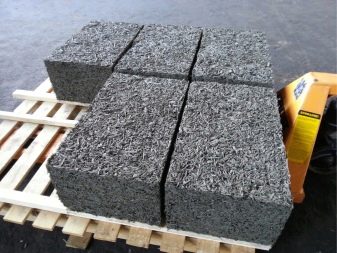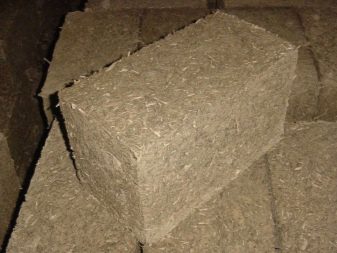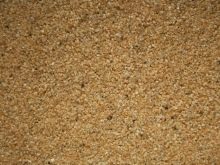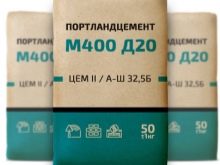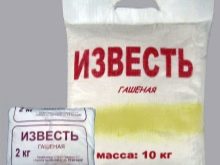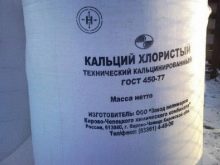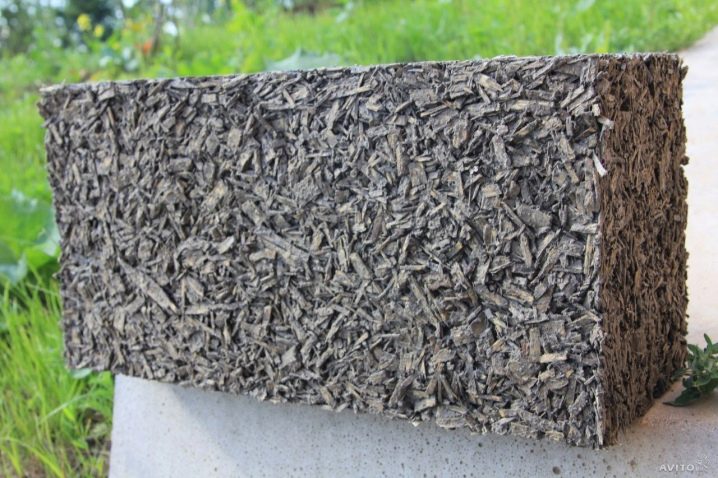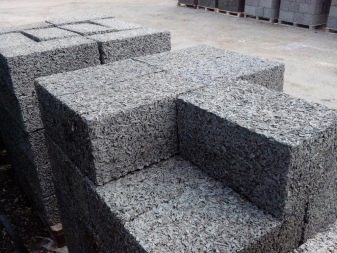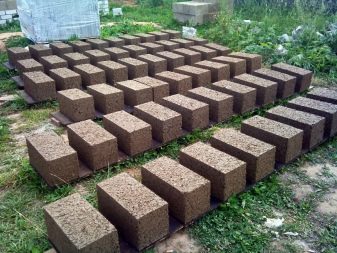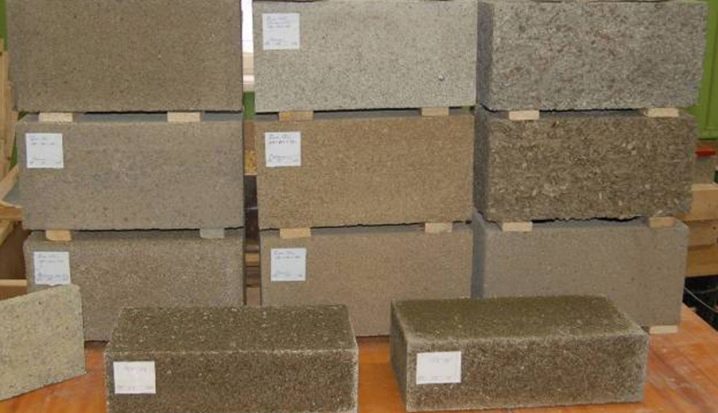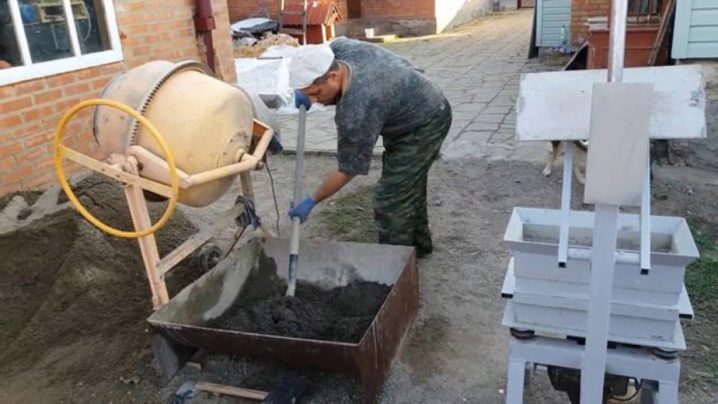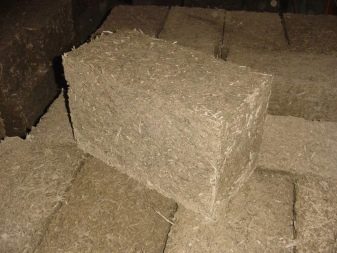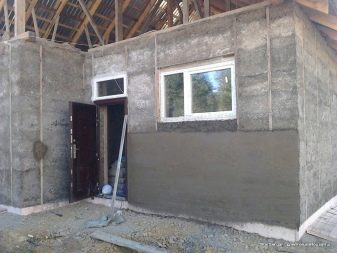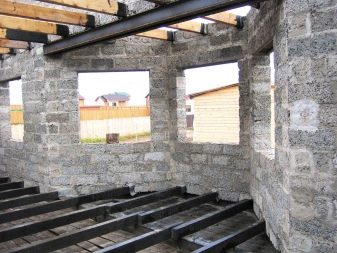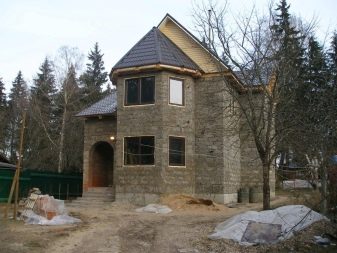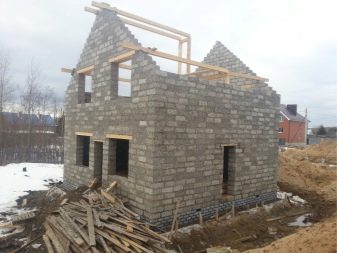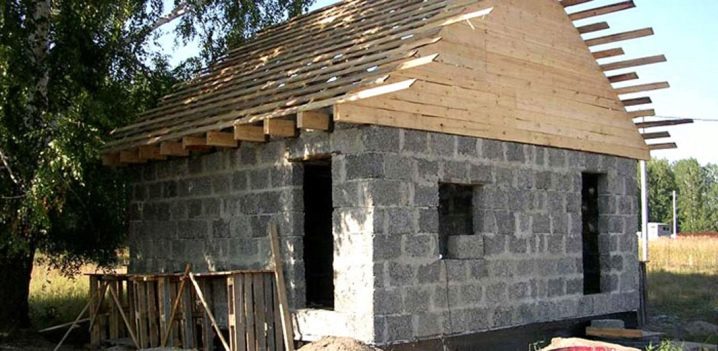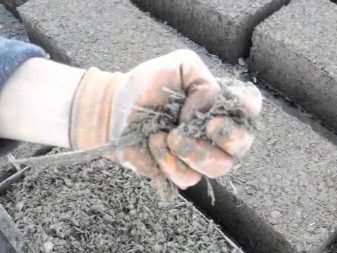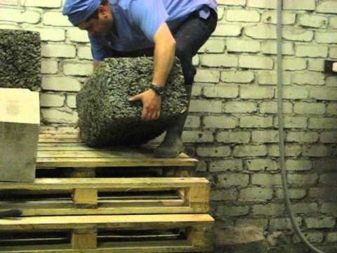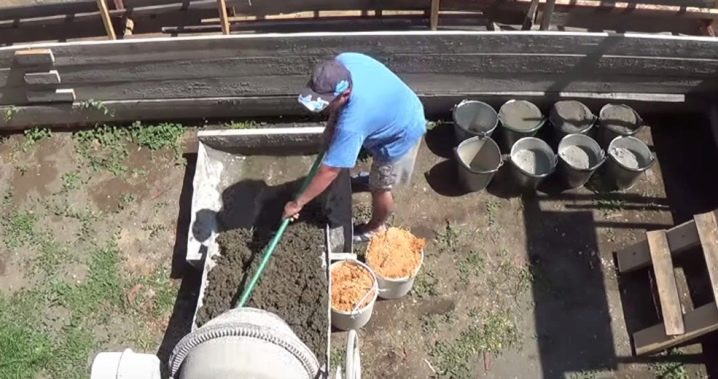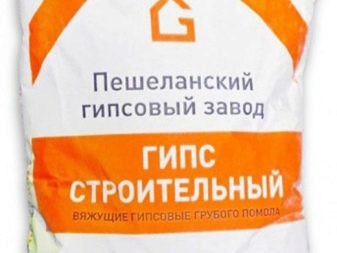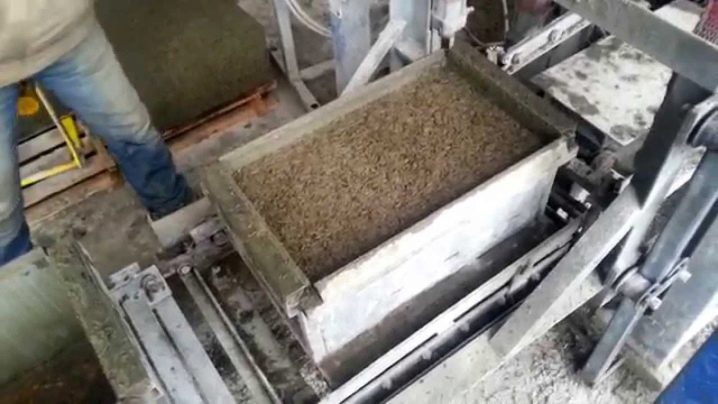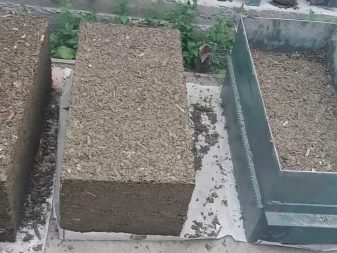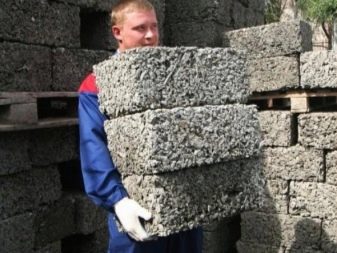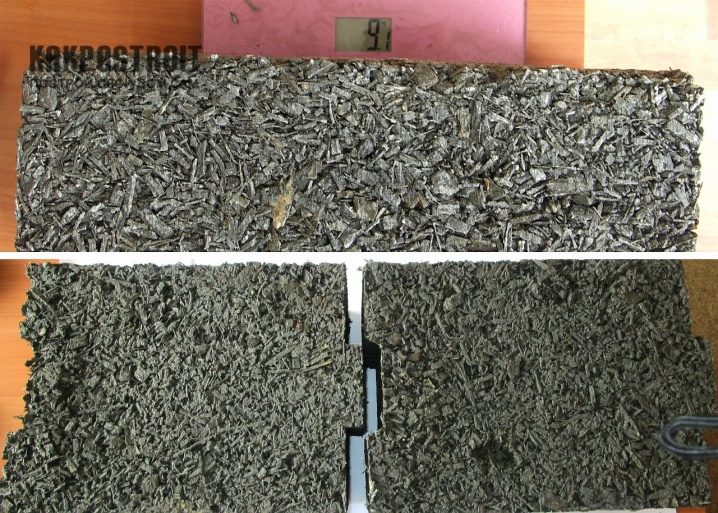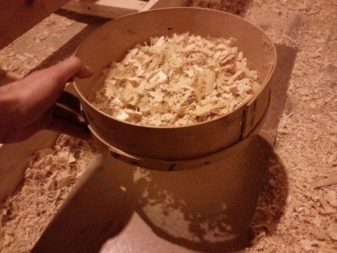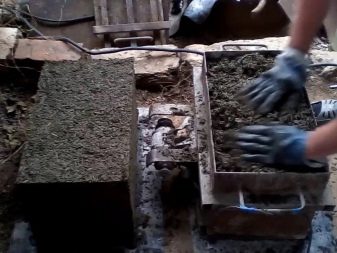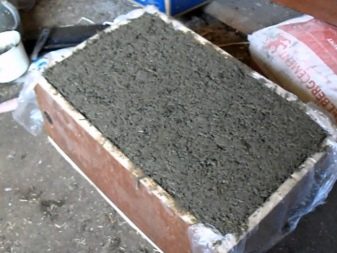Cement and sawdust blocks
Blocks of cement and sawdust are called arbolitovye. They have many advantages, chief among which are insulation and sound absorption. It is an eco-friendly, reliable and affordable option for the construction of low buildings and adjacent outbuildings.
A mixture of cement with sawdust wood, or differently Arbolit - light and reliable modern building material. It has high rates of thermal insulation. Such brick is widely used in the construction of houses, various economic buildings, baths, fences and fences.
Composition and characteristics
To create cement bricks and sawdust, there are certain compositional requirements developed by GOST.
All materials used must be of the highest quality:
- Water should be free from impurities, you can use rain or drinking water.
- Sawdust should be well dried and soaked in special solutions to prevent rot and mold.
- Sand - most often used with medium or large particles, you can mix them with fine sand, which should not exceed 10% of the total mass.
- Recommended cement - Portland cement class M400.
To improve the quality of the material, the manufacturing technology allows 2-4% of various additives that are diluted in water:
- hydrated lime;
- liquid glass;
- calcium chloride.
Considering the composition of the mixture for blocks of cement and sawdust, we can express the following percentage:
- 55% are wood chips;
- 26% - sand particles;
- 12% - cement;
- 7% - purified water.
Specifications
The technical characteristics include the following standards of the main indicators of cement-sawdust blocks:
- The brick density indicator is 500-900 kg / m2.
- The percentage of wood chips in comparison with other elements is 80%.
- The strength of Arbolit reaches its maximum value - 3.5 MPa.
- The level of elasticity of the manufactured blocks is in the range from 250 to 2300 MPa.
- The thermal conductivity of the material is 0.8-0.17 W.
- The frost resistance of buildings is measured in 50 cycles.
- The blocks are subject to slight shrinkage, approximately equal to 0.8%.
The production technology of wood concrete takes into account many factorsassociated with the selection of sawdust. Chips from coniferous trees are considered the best, the use of deciduous trees is permissible, but they must be subjected to additional treatment from fungal diseases.
Sawdust must be clean. Do not allow particles of leaves or bark to enter. Standard length is 40 mm, width - 10 mm and thickness - 5 mm. Violation of parameters in the manufacture of the solution can lead to poor quality of the finished product.
This brick is different grades of strength - from M5 to M20. Each brand is used in different conditions:
- M5 is used for the construction of exterior and load-bearing walls and the foundation of the building.
- M10 is used for the reconstruction of dilapidated buildings and basements.
- M15 and M20 - for interior walls and partitions in the room.
Principles of manufacture
The main components of arbolita are:
- Portland cement;
- sawdust;
- sand;
- lime, must be slaked beforehand;
- water
Sawdust conifers less exposed to disease, fungi, mold. Therefore, they are mainly used. Chips from other wood are pretreated with antiseptics and other compounds that protect raw materials from mold. They must be thoroughly dried in the open air.
The quality of the components and their proportions affect the density of cement-sawdust blocks. The greater the proportion of the cement component, the stronger the finished material will be, but the rate of thermal insulation will fall sharply.
High brick density will reduce insulation performance, increase frost resistance, moisture resistance, as well as resistance of reinforcing mesh to rust.
Often when creating blocks used reinforcement. It strengthens the brick, allows you to increase the load on the structure. But in fittings resistance to low temperatures, moisture, corrosion decreases.
A large number of added sawdust will increase the insulation performance, but will reduce the strength, make the unit unsuitable for the construction of supporting structures.
A small amount of cement can make a brick brittle, unreliable, susceptible to destruction. The buildings will not be able to withstand a lot of weight.This product is better to use only for wall insulation and the construction of internal partitions in the room.
The construction of arbolit blocks does not require the construction of additional elements of the foundation - it has a small weight, compared to conventional bricks.
Application area
The cement block perfectly copes with the task of home insulation. You can use it in the basement, additionally warming the house.
Bricks are easy to use; they lend themselves to various types of processing:
- cut;
- drilling;
- nailing in
It is an eco-friendly material that is resistant to the appearance of fungus and mold. It allows you to build buildings in latitudes with moderate and low air temperature, as it is considered to be frost-resistant. The elasticity and weight of the blocks allows you to build buildings on any type of soil, even without an additional foundation.
Buildings require good waterproofing, especially if it is a bath. They quickly absorb moisture, so it is better to refrain from building the bottom of the house of this product. If it is not possible to use another material, it is worth raising the building above ground level and decorating it with concrete.
Experts, according to standards for building materials, which are based on indicators of strength and density, are advised to use wood concrete when building small houses with a maximum of two floors. A significant drawback of cement-sawdust blocks - they are gnawed by mice.
Positive and negative properties
Based on manufacturers' guarantees, the words of specialists and feedback from people who erected buildings made of cement-sawdust blocks, the main advantages and disadvantages of such material were highlighted.
Positive traits:
- simplicity and comfort in work and laying;
- comfortable weight and size;
- possibility of cutting and drilling;
- heat preservation;
- excellent adhesion properties;
- affordable price.
Disadvantages:
- poor moisture resistance;
- long manufacturing time;
- mandatory construction of vapor barrier systems and waterproofing;
- spoiling by small rodents.
The main properties of the blocks:
- heat insulation;
- fire resistance (for three hours it withstands the heat of direct fire);
- environmental friendliness;
- soundproofing;
- durability (several generations);
- profitability;
- a light weight;
- frost resistance;
- resistance to mechanical stress;
- shock resistance;
- resistance to rotting, cracking and shrinkage.
Making the blocks yourself
Ready brick from cement and sawdust can be found on any market of building materials. But you can always try to make it yourself.
Manufacturing technology is quite simple, the main thing is to mix the mixture thoroughly and evenly. The quality of sawdust from wood and cement is also very important.
As an element for a bunch of materials, different variations of the components are used:
- cement;
- gypsum;
- clay.
If you plan to use the future product for building a house and supporting structures, then preference should be given to such a brand of cement as Portland cement.
To facilitate the work process and reduce the time spent on mixing the mass, you can take an automatic or manual concrete mixer. It will also guarantee the quality and uniformity of the mixture.
Wood chips are prepared in advance. Sawdust is first moistened in calcium oxide, then they are aged for at least 3 days in the open air. It is important to mix the composition regularly. To clean the sawdust mass from foreign particles and large elements,it is sifted through a special sieve.
Chips are poured with water in which special additives are dissolved:
- liquid glass;
- hydrated lime.
In this solution, sawdust is soaked for a certain time, and then thoroughly dried in fresh air.
The ratio of cement and sawdust in the prepared mass depends on the required strength grade. For bearing walls, the composition is dominated by cement, for buildings with low loads and internal partitions, more sawdust is added.
To create a certain number of bricks, you must use special forms. Cement-sawdust mixture will be placed in them for its formation and further solidification of the blocks.
Designs can be made of any material, the main thing is that they should be easily understood. This will make it easier to take out the bricks.
The bottom of the form is better to do from iron sheet to prevent moisture absorption. Or if there is no such material in order to oil the wood well, you can still take, for example, linoleum.
The main stages of manufacturing
The production of blocks of cement and sawdust do it yourself requires strict observance of certain stages:
- Prepare sawdust - soak and process with special compounds, dry thoroughly in the open air.
- Sift the wood chips through a sieve, remove large pieces and foreign particles.
- Sift the material thoroughly mixed with dry ingredients - cement and sand.
- Gradually pour water into the mixture, stirring very carefully. It is better to use a concrete mixer, it will allow to correctly bring the mass to homogeneity.
- After the mixture is prepared, it is necessary to check the quality. To do this, take a small amount of the mixture and squeeze in your hand. It should be plastic and easy to crease. No moisture should be emitted from it.
- If water nevertheless flows out of the mass or foreign drops appear, it means that at one of the stages the manufacturing process was disturbed or the proportions of materials were incorrectly observed. Products from this mixture can not be made.
- After preparing the mixture, it must be used within an hour or two. During this time, you need to decompose everything into shape.
- The mass fits into the prepared forms, do not forget to oil them carefully. Each layer is 20 cm thick rammed.This is necessary to seal the mass and remove air from the solution.
- The blocks are left to dry directly in the form for 3-4 days.
- After this time has elapsed, the forms can be disassembled and the resulting material can be folded for construction work for further solidification in a dry room. This process will take at least three months.
As you can see, the technology of making and forming blocks is not difficult, even for a layperson. It is possible to build a house, a bathhouse, a fence and other economic structures from the obtained building material.
How to make an arbolit block with your own hands, see the next video.

